In the timeless film the Untouchables with Costner and Connery there is a scene where an intruder gains access to Connery’s apartment. For a while, Connery pretends he is unaware of the assailant before confronting him with a sawn off double barrel shot gun. The poor mafia henchman only brought a knife to gunfight. Watch below for what happens next…
Just like Connery’s gun clearly trumped a knife, there are many examples in hstory where a superior weapon has given an upper hand in battle. In the Battle of Agincourt in 1415 where England’s long bows defeated the French forces who were 5-10 times stronger in numbers.
(As an analogy we can think of an FMCG company or a consumer electronics company fighting hard to come up with the next break-through product (weapon) to win the war for the consumer dollar. The iphone won several wars – against Blackberry and Nokia being just two. So cool products are,.,well…cool.)
BUT, dudes and dudettes, disruption often has very little to do with a cool new product. Disruption often comes from a cool strategy. Just as the retreating knife fighter won his battle against a gun, and many armies before him won battles from feigned re-treats into ambush territory, so too can a disruptive strategy be designed without a superior product as a weapon, anywhere to be seen.
Using someone else’s technology to facilitate a new way of work can be disruptive. Sometimes we don’t even need new technology, just the cool strategy.
Some examples you say? You already know all the big ones
| Company | Innovation or Disruption? | Weapon or Strategy? | New Business Model? | Technology to facilitate new business model? |
| Apple
iPod, Mac and iPhones
|
Innovation | weapon | No | |
| Apple
iTunes |
Disruption | strategy | Yes – Changed the way music was sold and distributed* | Internet |
| Netflix 1
DVDs by mail |
Disruption | strategy | Yes – changed the revenue model to a subscription all-you-can-watch model | DVD format was brand new at the time (1998) |
| Netflix 2
Streaming video on demand (SVOD) |
Disruption | strategy | Yes – business model changed from a physical product to a digital format | Streaming technology, data speeds |
| Netflix 3
Original Content |
Disruption and Innovation | Yes – Moved from a distributor to a creator (change of business model) and developing original content requires creation of shows that consumers want (innovation) | ||
| Airbnb | Disruption | strategy | Yes – tapped into the worlds spare capacity in people’s homes and apartments. Used a community model | Internet |
| Low Cost Airlines | Disruption | strategy | Business model largely the same but standardisation and modularisation of the customer offer, to lower costs for lower prices, was a new strategy | |
| Uber | Disruption | strategy | using peoples’ assets (private cars) and their owners to drive them was a new business model | Location based technology APP |
| FMCG | Innovation | weapons | New food products, hand creams, pet foods | |
| Consumer Electronics | Innovation | weapons | New TVs, phones, computers |
*and now iTunes is being disrupted by music streaming from the likes of Spotify and Pandora. Apple Music has been their response.
Fivrr, upwork, naked wines, hello fresh, Marley spoon and countless others have all used the internet to launch new business models in their industries. The internet which is decades old is still being used to launch disruptive business models.
Here are two characteristics of disruption you might want to pressure test in your strategy workshops…
-
Does your strategy increase the overall demand for your product or service in the market (makes the pie bigger not just increases your slice of it)?
-
Does your ‘strategy’ have just product and service innovation (new weapons) for customers – or does it change the way things are done in a market (business model innovation) by flipping some prevailing norms?
If you apply these two questions to the table above you can see that all the disruptors added in new demand to their market and flipped prevailing norms. For example, low cost airlines added in new users who used to drive between Melb and Syd but who were prepared to pay $79 for a plane ticket (new demand). The prevailing norms they flipped were you get a free meal, you can take lots of baggage, you can move your ticket without penalty, you can choose your seat for free etc.
Oh…and there’s another aspect of disruption which is pretty counter-intuitive. Disruptive innovations are often inferior to mainstream products to begin with. Hence Clay Christensen’s description of disruptive innovation as a process where a new entrant doesn’t compete head on for mainstream customers with a market incumbent initially. An air bed in Brian Chesky’s kitchen as the first ‘stay’ for Airbnb could hardly be compared to a room at the Hilton now could it?
What this means for market incumbents that want to disrupt is you need to stop dismissing ‘inferior’ embryonic ideas from your company’s efforts. Some will gain traction.
Innovation is abut a better product from day 1
Disruption is about a better business model on day 1
So who are you going to be this year?; the company holding a knife with a disruptive strategy or the one with the space age plasma gun in a market that is getting hammered? Your move…

Comments are closed.